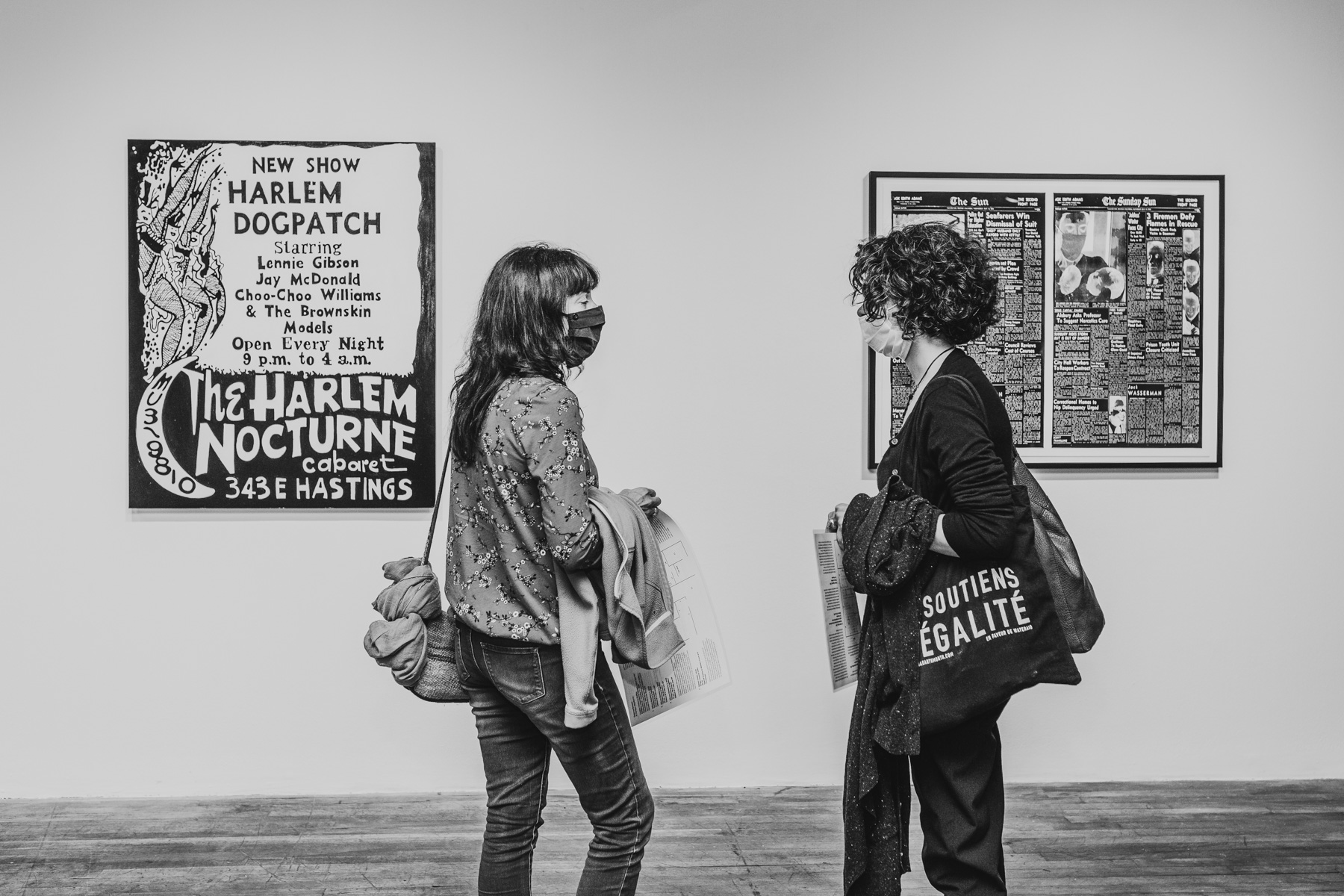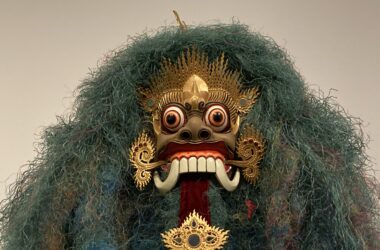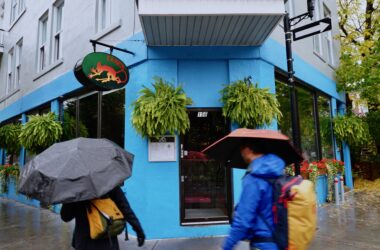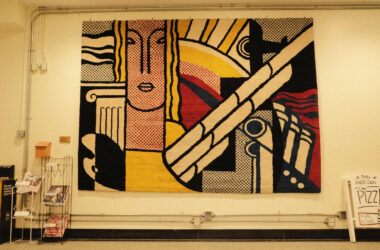On Oct. 15, OBORO art centre hosted a virtual conversation between two esteemed members of the Canadian art community, Deanna Bowen, a Governor-General award-winning artist, and Kimberly Phillips, director of Simon Fraser University Galleries. The discussion delved into Bowen’s exhibit, A Harlem Nocturne, which focussed on Black Canadian history and its representation in art.
Bowen, a Vancouver-raised, interdisciplinary Black artist, traces Black migration across North America through her work. As a descendant of Black pioneers in Alabama and Kentucky, A Harlem Nocturne is Bowen’s effort to document her own family history. Bowen noted how conversations about Black settlers and city builders in North America have rarely factored into our contemporary notions of Black history and urban history at large.
Both the exhibit and the history for which it is named are a marvel. A Harlem Nocturne is inspired by the famed Harlem Nocturne, Vancouver’s only Black nightclub during the 1950s and ‘60s. To this day, the Nocturne’s influence spans generations of performers, from famous trumpeter Charles Ellison, to Eleanor Collins, the first Black North American artist to host a weekly national television series, The Eleanor Show. Bowen’s exhibit is an excavation; her forensic investigation of the histories of Black performers transforms her art pieces into a curated display of archival evidence.
Bowen’s pieces include postcards of the Stratford Hotel in Vancouver’s Eastside, a gathering place for Black Vancouverites, and a poster of a play starring her great-uncle Herman Risby and dance legend Len Gibson. A striking point of the exhibit is a black print of the title card of the musical episode, “The Promised Land” starring Gibson and his family on the subject of formerly enslaved, Black American settlers in Canada. The exhibit maps Black presence in Canada, in public and in private, showcasing the tension between the nation’s idealized progressivism and the oppressive anti-Black racism innate to the country.
To find her place in the context of her art, Bowen explained how she needed to listen to the silence of the past.
“It’s difficult for prior generations to articulate their history, especially when they come from viewpoints that other people are seeking to destroy,” Bowen said.
Whether through focussing on her family or the media, Bowen strives to create art that accurately reflects her worldview.
“Being a descendant of a body of people that experienced trauma, one has to be a witness out of necessity,” Bowen said.
Phillips, the curator of A Harlem Nocturne, is interested in the visibility and the perseverance of women artists, particularly those from marginalized communities.
“The complexity and rich histories of Black performers are only visible in shadow ways […] in the very specific granular elements like teeny editorials,” Phillips said.
Bowen expressed her desire to illuminate the “dark matter,” or the figures, events, and histories that remain largely ignored by the white majority in the midst of systemic racism.
“I’m interested in the less-than-important documents, [the] messages in shoe boxes […] the documents that are rich, full, outside the white, Western archive,” Bowen said.
Due to the inaccessibility of Black Canadian history, the exhibit required restoring, translating, and magnifying original materials in order to showcase the work of this community. For example, one piece features a series of light boxes with Gibson’s original choreography in dance notation intending to transcribe the movement of Black dancers. In consulting the Canadian Broadcasting Corporations’ (CBC) archives, Bowen further realized the importance of the work she was doing.
CBC’s decision to digitize its archives of Canadian history but to trash original copies of Black content only spurred Bowen’s efforts in A Harlem Nocturne. Through her exhibit, Bowen situates Black history into the public consciousness, repositioning and rearranging it for accuracy and access.
“An exhibition is the most publicly accessible way to put forward what people need to know,” Bowen said.
Bowen’s work and the stories—famous and erased—that it depicts take no specific locale. A Harlem Nocturne is a triumphant call to expand the common, oversimplified narratives of Black Canadians and their complex and vibrant stories.







